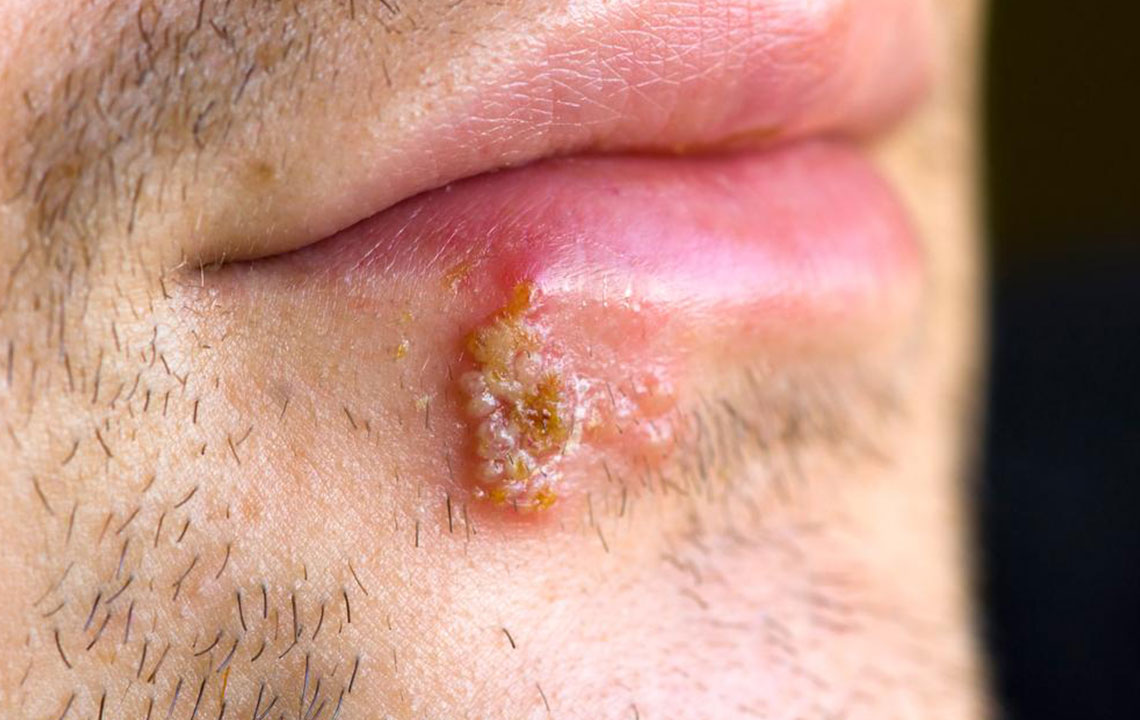Comprehensive Guide to West Nile Virus: Symptoms, Risks, and Prevention Strategies
This comprehensive article delves into West Nile virus, detailing its transmission, symptoms, risks, and preventive measures. It emphasizes the importance of mosquito control and personal protection strategies to reduce infection risk. Understanding the severe neurological complications associated with the virus underscores the need for early detection and community awareness. The article offers insights into managing mild symptoms and highlights vulnerable populations at greater risk of severe disease, advocating for proactive and preventive health practices to combat West Nile virus effectively.

Comprehensive Guide to West Nile Virus: Symptoms, Risks, and Prevention Strategies
West Nile virus (WNV) is a mosquito-borne pathogen that can cause a range of health issues in humans, from mild flu-like symptoms to severe neurological conditions. Since its discovery, WNV has become an important public health concern, especially during the warmer months when mosquito populations flourish. Understanding the nature of this virus, its symptoms, associated risks, and effective prevention strategies is essential for safeguarding individual and community health.
Transmission of West Nile virus primarily occurs through the bite of infected mosquitoes belonging to the Culex species. These mosquitoes acquire the virus by feeding on infected birds, which serve as the virus’s primary reservoir hosts. Once infected, the mosquitoes can transmit the virus to humans and other mammals, leading to outbreaks in affected regions. The incubation period—the time from when a person is bitten to when symptoms develop—is typically between 2 to 15 days, although some individuals may not exhibit any symptoms at all.
Speaking of asymptomatic cases, it is estimated that approximately 80% of those infected with WNV show no symptoms during the course of infection. For these individuals, the infection might go unnoticed as they experience no discomfort or health issues. However, a significant minority—around 20%—develop mild symptoms known as West Nile fever, which manifests as flu-like symptoms such as fever, headaches, and fatigue. These symptoms usually last a few days to a week, and most people recover fully without medical intervention.
More pronounced and concerning symptoms, however, include muscle pain, nausea, loss of appetite, vomiting, and skin rashes, which can persist longer and sometimes lead to more serious health problems. In some cases, symptoms may extend for weeks or even months, indicating a persistent febrile illness. These symptoms are often mistaken for other viral infections, complicating diagnosis without laboratory testing.
While most cases are mild, the true danger of West Nile virus lies in its capacity to cause severe neurological complications. In rare but serious instances, the virus invades the central nervous system, resulting in encephalitis—brain inflammation—and meningitis—an inflammation of the membranes surrounding the brain and spinal cord. These conditions require prompt medical attention due to their potential to cause lasting damage.
Critical symptoms indicating severe infection include paralysis, vision impairment, convulsions, tremors, disorientation, neck stiffness, severe headaches, and high fever. Such symptoms often require hospitalization, where supportive care becomes vital. Early diagnosis and intervention significantly improve recovery outcomes, but the risk of long-term neurological deficits remains, including permanent paralysis, cognitive decline, and other neurological impairments.
Individuals with specific health conditions are at a higher risk of developing severe disease upon infection. These include those with chronic illnesses such as hypertension, diabetes, kidney disease, or cancer. Organ transplant recipients and immunocompromised individuals also face heightened vulnerability due to weakened immune responses. Age is another important factor: older adults—particularly those over 60—tend to experience more severe symptoms and face greater challenges during recovery. This demographic is more susceptible to neurological complications and prolonged illness courses.
Recovery from severe West Nile virus infections varies widely, spanning from several weeks to several months, and some neurological effects may be permanent. Supportive care, including intravenous fluids, pain management, and monitoring for complications, is the cornerstone of treatment when symptoms become severe. Since there is currently no antiviral medication approved specifically for WNV infections, treatment focuses on alleviating symptoms and preventing complications.
Prevention remains the most effective approach to combating West Nile virus. Public health measures emphasize mosquito control strategies such as eliminating standing water where mosquitoes breed, implementing larvicides, and applying adulticides when necessary. Personal protective measures like wearing long-sleeved clothing, using insect repellents containing DEET, and sleeping under screens can significantly reduce the risk of bites. Communities are encouraged to conduct regular public education campaigns to raise awareness about mosquito-borne illnesses.
In summary, understanding the transmission, symptoms, risks, and prevention strategies associated with West Nile virus is crucial for reducing its impact. While most infections are mild or asymptomatic, the potential for severe neurological complications makes vigilance essential. Continuous public health efforts, combined with personal preventative measures, can help control the spread of this virus and protect vulnerable populations from serious health outcomes.





